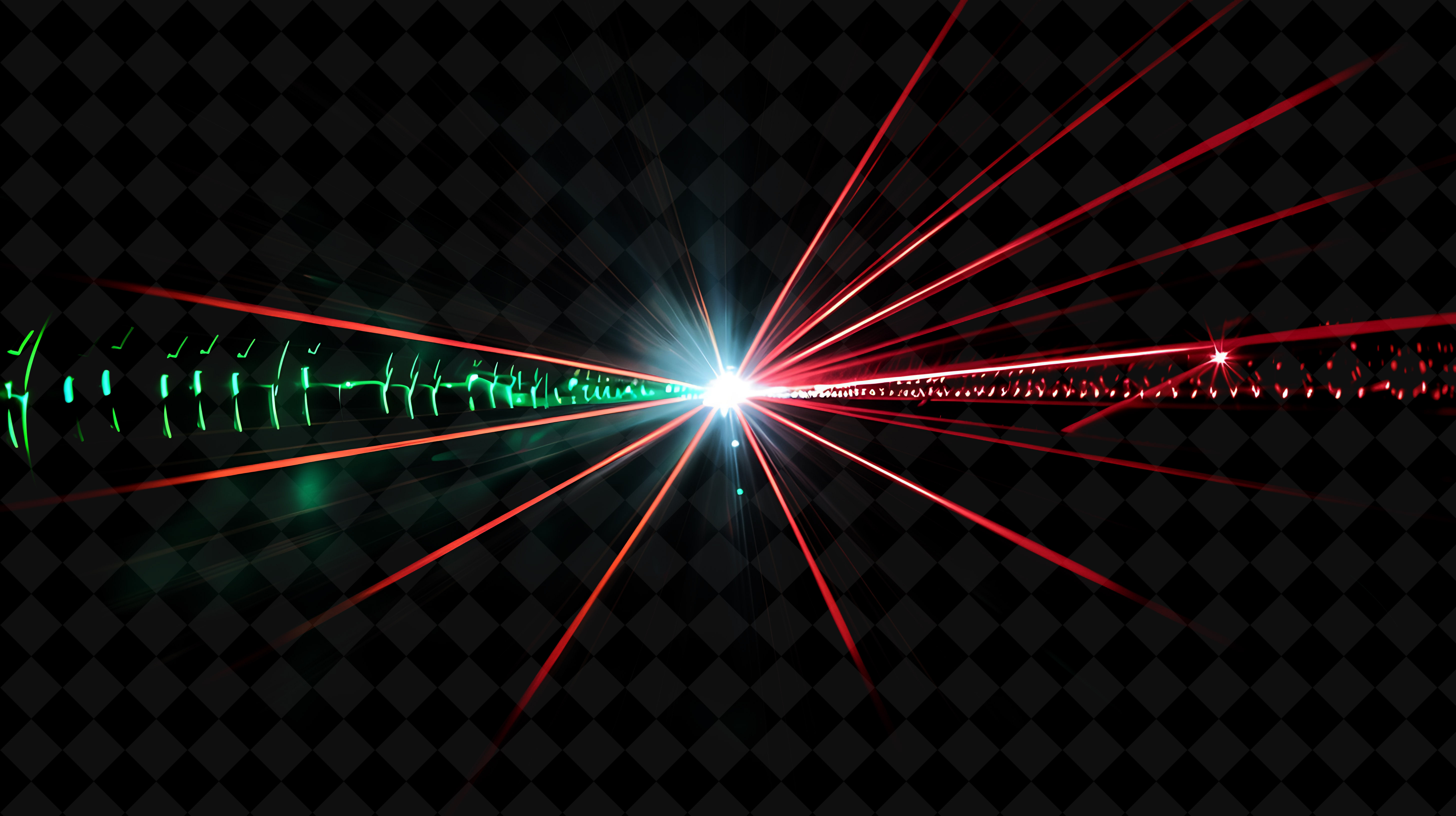
Laser Wavelengths: A Comprehensive Guide On Laser Therapy And Its Various Applications
Understanding laser wavelengths is key to appreciating the science behind laser therapy and its various applications. Different wavelengths target different tissues and produce unique biological effects, making lasers a versatile tool in both medical and cosmetic treatments. Let’s dive into the basics of laser wavelengths, how they interact with tissue, and debunk some common myths surrounding them.
The Electromagnetic Spectrum and Laser Wavelengths
Lasers operate within the electromagnetic spectrum, specifically emitting radiation from 180 nanometers (nm) to 1 millimeter (mm). The electromagnetic spectrum itself encompasses all forms of radiation, from gamma rays to radio waves. When discussing lasers, the most relevant regions are ultraviolet, visible light, and infrared radiation.
Measuring Wavelengths in Nanometers (nm)
Wavelengths are measured in nanometers, and the biological effects of laser therapy are heavily dependent on the specific wavelength being used. For example, certain wavelengths are absorbed by melanin (pigment in the skin), others by water, and still others by blood components like hemoglobin. These targets are called chromophores, and their ability to absorb light is what makes laser therapy effective for various medical purposes.
- Ultraviolet (UV) light: 180-400 nm
- Visible light: 400-700 nm
- Infrared (IR) light: 700 nm to 1 mm
How Light Interacts with Tissue: The 3 Types of Laser-Tissue Interactions
When light interacts with biological tissue, it can either be absorbed, scattered, reflected, or transmitted. Only absorbed light causes a biological effect, which is why selecting the appropriate wavelength is critical for effective laser treatment. There are three primary ways lasers interact with tissue:
- Photo-Thermal (Heat-Induced)
In photothermal interactions, the laser converts light energy into heat, causing tissues to vaporize or coagulate. This method is commonly used in surgical lasers or hair removal procedures.
- Photo-Mechanical (Photo-Acoustic)
In this type, the laser’s energy breaks molecular bonds in the tissue. This process, often short-pulsed, is used in tattoo removal and other precise, high-impact treatments.
- Photo-Chemical (Light-Induced Reactions)
This interaction uses light to trigger chemical reactions within cells. It is the basis for therapies that treat pain, inflammation, and even cancer (photodynamic therapy). It is widely used for deep tissue treatments.
Wavelengths and Absorption: The Key to Effectiveness
The effectiveness of a laser largely depends on how well its wavelength is absorbed by the targeted tissue. Different tissues absorb specific wavelengths more efficiently:
- Hemoglobin absorbs visible light, especially in the red and yellow spectrum.
- Melanin absorbs ultraviolet and visible light.
- Water is the primary absorber of infrared light.
Wavelengths that are too short can cause light to scatter, reducing their ability to penetrate deep tissues. For instance, blue and ultraviolet light scatter easily, limiting their depth of penetration. On the other hand, longer wavelengths in the infrared range penetrate deeper into tissues, making them ideal for treatments targeting underlying tissues, such as muscles and joints.
The Power of the 980nm Wavelength
The 980nm wavelength stands out because it balances absorption between water and hemoglobin, making it particularly effective for deep tissue penetration. This wavelength is commonly used in diode lasers and is ideal for treatments that require deeper tissue stimulation without excessive heating or surface damage.
Common Lasers and Their Wavelengths
The type of material or gas used in the laser determines the wavelength of the light emitted. Here’s a breakdown of common lasers and their corresponding wavelengths:
| Laser Type | Wavelength (nm) |
|——————————|———————|
| Argon Fluoride | 193 |
| Xenon Chloride | 308, 459 |
| Helium Neon | 543, 632.8 |
| Nd:YAG | 1064 |
| Carbon Dioxide | 10600 |
Each wavelength has its own set of applications, from cosmetic treatments like tattoo removal to deeper therapeutic uses such as pain management and inflammation reduction.
Debunking Common Myths About Laser Wavelengths
With the increasing popularity of laser therapies, some manufacturers have started to make exaggerated claims about their products. Let’s separate the facts from fiction.
Myth 1: Soliton Waves
Some manufacturers claim that their lasers produce “soliton waves,” which supposedly enable deeper tissue penetration than other lasers. This is not only scientifically unproven but also a deceptive marketing trick. No therapeutic laser currently on the market uses soliton waves, and there is no evidence to support their purported benefits in medical treatments.
Myth 2: Scalar Waves
Another claim involves “scalar waves” supposedly generated by specific lasers to dissolve cellular memory, optimize anti-aging capabilities, and activate higher-dimensional body functions. This is pseudoscience. Scalar waves do not exist in any clinically useful form, and no legitimate research supports these claims.
Myth 3: False Penetration Claims
Some manufacturers boast that their lasers can penetrate deep tissues or even treat patients through clothing. These claims are exaggerated or outright false. While certain wavelengths can penetrate the skin, the notion that low-powered lasers can treat deep-lying tissues through layers of clothing defies the laws of physics. Penetration depth depends on wavelength, tissue type, and power output, but even then, lasers cannot bypass clothing without significant energy loss.
Treating Through Clothes: Reality Check
While lasers can penetrate tissue to a certain depth, treating patients through clothing is unrealistic. Clothing acts as a significant barrier to light, and even superficial skin layers can block laser penetration. Claims that lasers can work through fabric are either misunderstandings or deliberate exaggerations.
Conclusion: The Science Behind Laser Wavelengths
Laser therapy is a powerful tool, but its effectiveness depends on understanding the science of wavelengths and tissue interaction. Different tissues absorb different wavelengths, and selecting the right wavelength is crucial for achieving the desired therapeutic effect. While marketing gimmicks may cloud the waters, sticking to well-established principles ensures the safe and effective use of lasers in medical and cosmetic treatments.
As technology advances, so too will our understanding of how best to apply these wavelengths for even more targeted and efficient treatments. But for now, remember: science, not pseudoscience, should guide the use of lasers in therapy.


